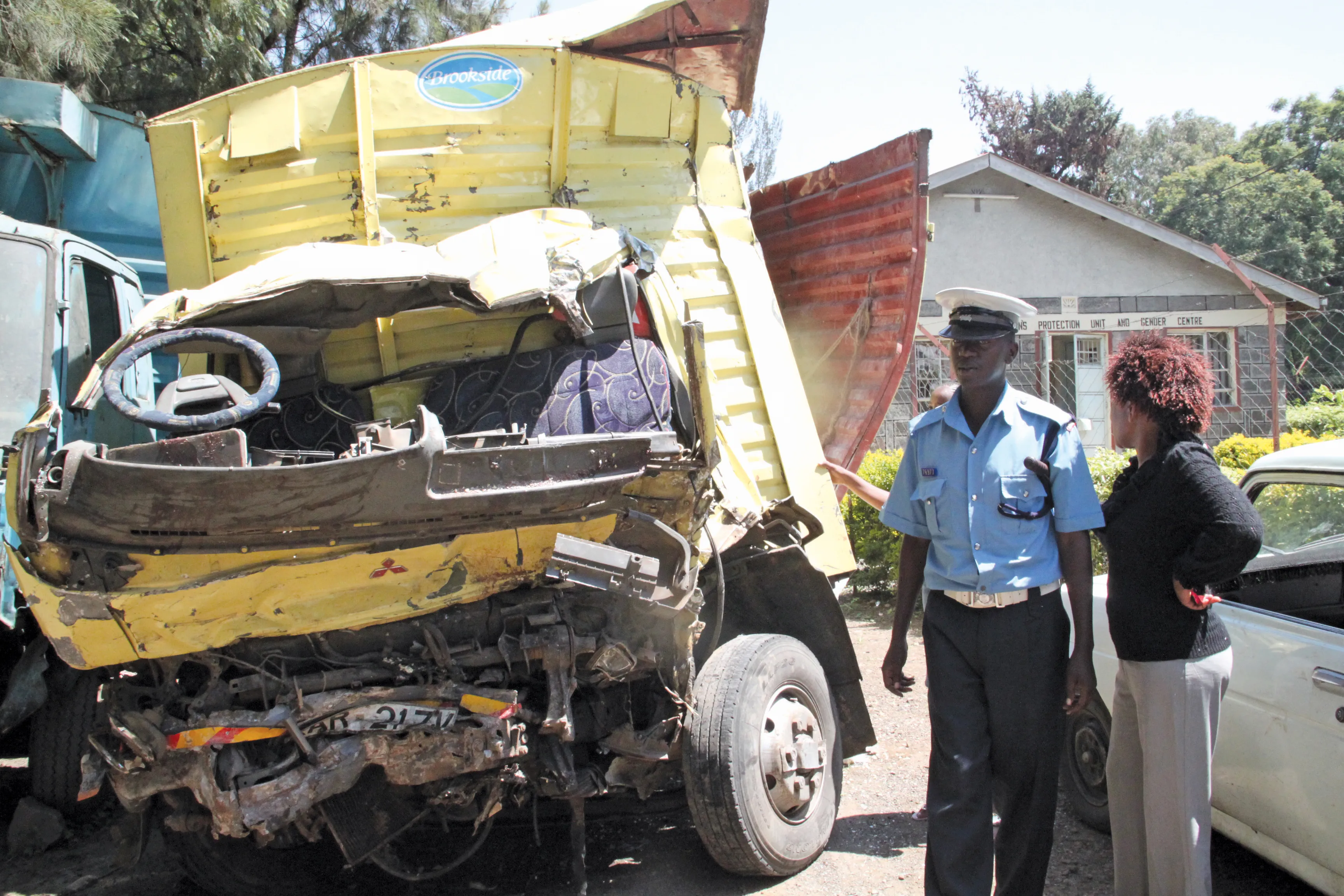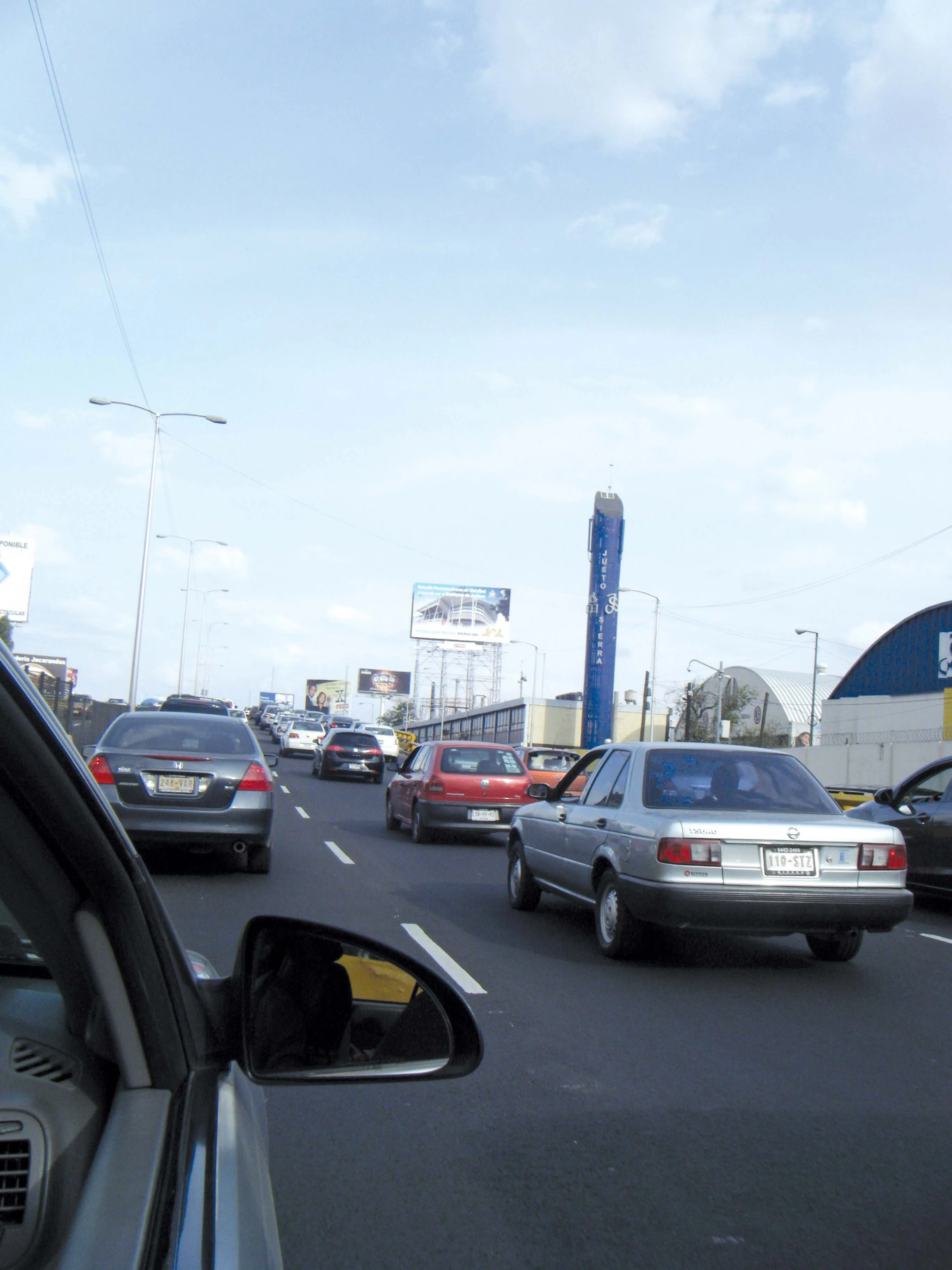Road fatality rates are rising in East Africa, despite attempts to stem the tide – Shem Oirere writes When a passenger bus in Kenya killed 42 people on August 29th 2013, it coincided with the release of a World Health Organisation (WHO) report that painted a grim picture of the status of road safety in East Africa. The accident at Ntulele shopping centre along the Nairobi-Narok highway, 90km from capital Nairobi, occurred when the bus heading to western Kenya lost control and crashed. The driver is said to
December 10, 2013
Read time: 3 mins

Road fatality rates are rising in East Africa, despite attempts to stem the tide – Shem Oirere writes
When a passenger bus in Kenya killed 42 people on August 29th 2013, it coincided with the release of a3263 World Health Organisation (WHO) report that painted a grim picture of the status of road safety in East Africa.
The accident at Ntulele shopping centre along the Nairobi-Narok highway, 90km from capital Nairobi, occurred when the bus heading to western Kenya lost control and crashed. The driver is said to have been negotiating a bend when the crash occurred.
The accident boosted the number of deaths from highway crashes to 2,800 for 2013 alone and raised injuries to 12,000. The World Health Organisation (WHO) says in its 2013 Global Status Report on Road Safety that the annual official figure for road traffic deaths in Kenya stands at 3,000 but adds that the figure could be as high as 8,500. Many of the accidents are not recorded for lack of adequate reporting mechanisms.
In addition, the head of the Kenya Police Traffic Department Samwel Kimaru says the Total number of accidents between January and July 2012 was 3,667, compared to 3,324 in the same period in 2013. More than 2,600 people died and thousands of others were injured in road accidents across the country in 2012.
"Kenya has one of the worst road safety records in the world, with statistics showing at least 3,000 people are killed in accidents annually," he said.
According to a World Bank specialist on road safety, Victor Akon Mengot, a significant proportion of these deaths, “…are of young and productive men and women in the 15-45 age bracket.”
“The economic cost of such road accidents and fatalities has estimated to be in excess of Sh4 billion (US$45 million). This is a huge loss by any standard that needs an urgent response.”
He says the Kenya situation is, “...worsened by the steady rise in road accidents caused by operators of motorcycles (boda-boda) to an extent that major hospitals in principal towns in the country are now dedicating whole wards to motorcycle accident victims.
“Not only is this a drain on the resources of the Health Ministry it also results in loss of income for operators/users, high insurance claims and robbing of families of their loved ones and livelihoods when fatalities occur.”
Analysts say despite Kenya’s efforts to modernise the highways, the crashes show no sign of reducing because the majority of them (85%) are caused by human error.
“Despite the construction of 1,063km of new roads and rehabilitating 40,500km of existing ones, Kenya records more than 13,000 crashes annually, out of which 85% are caused by human error and the rest (15%) by poor roads and vehicles,” said Gerryshom Munala of Jomo Kenyatta University of Agriculture and Technology’s Department of Construction Management in a previous analysis.
“Statistics show road accidents in Kenya is the third largest single cause of death after malaria and HIV/Aids and present a challenge to overall health status, morbidity, disability and associated health costs.”
When a passenger bus in Kenya killed 42 people on August 29th 2013, it coincided with the release of a
The accident at Ntulele shopping centre along the Nairobi-Narok highway, 90km from capital Nairobi, occurred when the bus heading to western Kenya lost control and crashed. The driver is said to have been negotiating a bend when the crash occurred.
The accident boosted the number of deaths from highway crashes to 2,800 for 2013 alone and raised injuries to 12,000. The World Health Organisation (WHO) says in its 2013 Global Status Report on Road Safety that the annual official figure for road traffic deaths in Kenya stands at 3,000 but adds that the figure could be as high as 8,500. Many of the accidents are not recorded for lack of adequate reporting mechanisms.
In addition, the head of the Kenya Police Traffic Department Samwel Kimaru says the Total number of accidents between January and July 2012 was 3,667, compared to 3,324 in the same period in 2013. More than 2,600 people died and thousands of others were injured in road accidents across the country in 2012.
"Kenya has one of the worst road safety records in the world, with statistics showing at least 3,000 people are killed in accidents annually," he said.
According to a World Bank specialist on road safety, Victor Akon Mengot, a significant proportion of these deaths, “…are of young and productive men and women in the 15-45 age bracket.”
“The economic cost of such road accidents and fatalities has estimated to be in excess of Sh4 billion (US$45 million). This is a huge loss by any standard that needs an urgent response.”
He says the Kenya situation is, “...worsened by the steady rise in road accidents caused by operators of motorcycles (boda-boda) to an extent that major hospitals in principal towns in the country are now dedicating whole wards to motorcycle accident victims.
“Not only is this a drain on the resources of the Health Ministry it also results in loss of income for operators/users, high insurance claims and robbing of families of their loved ones and livelihoods when fatalities occur.”
Analysts say despite Kenya’s efforts to modernise the highways, the crashes show no sign of reducing because the majority of them (85%) are caused by human error.
“Despite the construction of 1,063km of new roads and rehabilitating 40,500km of existing ones, Kenya records more than 13,000 crashes annually, out of which 85% are caused by human error and the rest (15%) by poor roads and vehicles,” said Gerryshom Munala of Jomo Kenyatta University of Agriculture and Technology’s Department of Construction Management in a previous analysis.
“Statistics show road accidents in Kenya is the third largest single cause of death after malaria and HIV/Aids and present a challenge to overall health status, morbidity, disability and associated health costs.”








